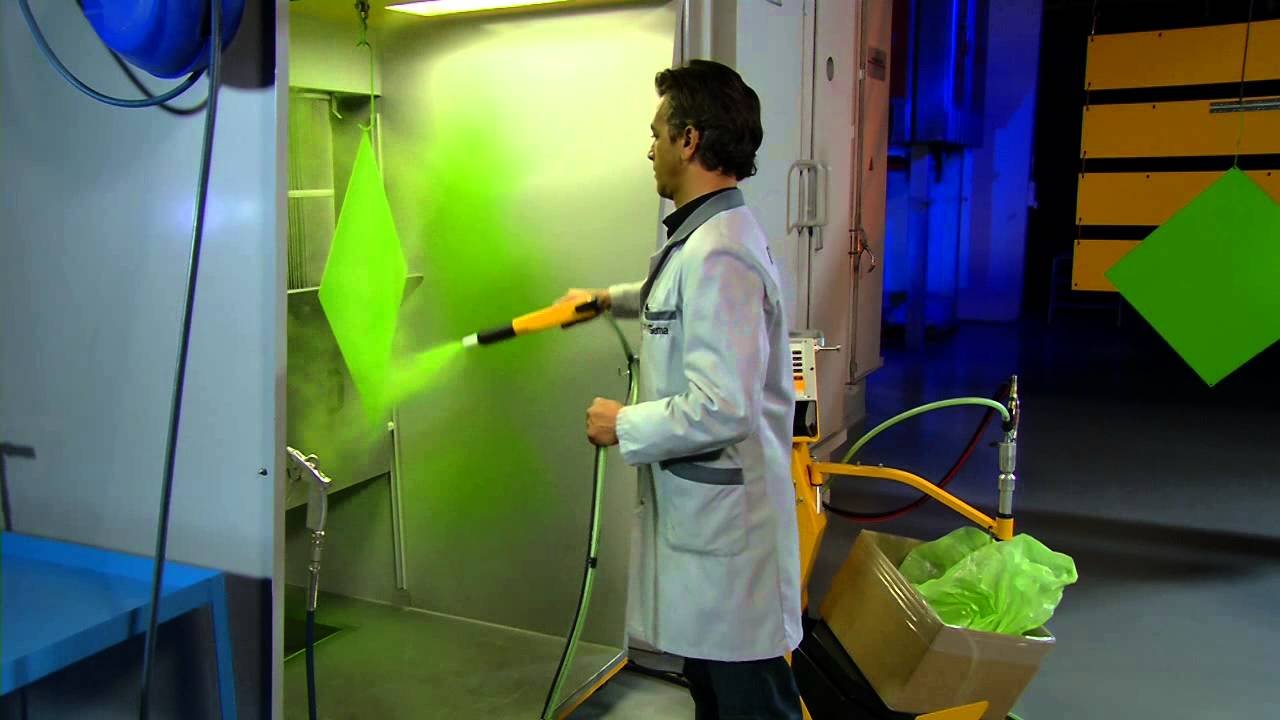Some business owners absolutely love trade shows, while others see them as something of a corporate antichrist. Why is this? It’s simple really – some are hugely successful at such shows, while others find themselves wasting time, money and effort time and time again.
Which begs the obvious question – why are some more successful than others?
Well, the simple answer is that while there may be not hard and fast blueprint for successful trade show participation, there are at least certain tips, tricks and rules to follow. The specifics will of course always come down to variously specifics like business area, the quality of the business and its purpose, but regardless of what sector any business owner or marketing team may be in, the following seven insider secrets can and will add up to a big difference:
1 – Plan Way, Way Ahead
Planning ahead for a trade show does not mean booking it six months in advance and then getting ready the week before. Instead, it means starting to get ready the moment the booking is made, which means putting together a checklist, getting started with designing all display boards and generally setting in stone what you plan to do, how you plan to do it and the targets you intend to hit. There really is no such thing as planning too much or too far ahead, so getting started at the first available opportunity is a must.
2 – Arrive Early
On the day itself, there’s little of more importance than getting to the hall as early as possible. Not only does this give you a bit of leeway to make up for any logistical hiccups along the way, but also plenty of time to scope out the place in full. Think about foot traffic, think about where folk will congregate and think about where YOU will walk around the hall to try and pull in the punters. Remember: you don’t have to just sit around and hope they come to you.
3 – Staff Plentifully
One of the worst mistakes any business can make is not taking enough staff along to the expo. You might think that three people will be enough, but what about when these three are all tied up with medium-level prospects and you have a queue of 20 more folk waiting to ask a crucial question or three? The answer is obvious – you lose a ton of business for nothing more than staffing too frugally…and for that, you’ll be kicking yourself.
4 – Staff Well
In addition, it’s not just about staff numbers but also about the quality and competence of the staff you take along. It’s commonplace for businesses to send part-time workers, teens and temps along just to watch over things, but given that this is a front-line marketing campaign designed to give attendees the right fist-impression of your business, this is in every respect a terrible idea. Your stand should be staffed by those who know the business best and have the most passion for it – its leaders.
5 – Network at All Times
Never, ever pass up an opportunity to network – a golden rule of business. Don’t see those around you as your competition, but rather as fantastic opportunities to learn, share resources and perhaps gain access to new clients. It’s a case of it being better to buddy-up with those in the same line of business as you than make enemies of them – strength in numbers, and all that.
6 – Focus More Time on Boards and Signs
Never, ever underestimate the importance of your display boards and signs. Unless you plan to march around the hall with a megaphone shouting your company’s slogan, offers and life story, all you have to reach to your target audience with are your boards and posters. Buy quality hardware, spend as much time as possible creating quality designs and make sure your boards represent you as a brand 100% accurately.
7 – Take Notes and Use Them
Last but not least, take notes throughout the day and use them next time around. Sudden rush of people at 11:30am – write it down. Huge empty spell between 3pm and 5pm – make a note of it. One particular board prompts more questions than another – take note for future reference. Every time you stand one of these things, you’ll learn a thousand and one lessons about what works and what doesn’t – the key lying in identifying these lessons and acting upon them.




